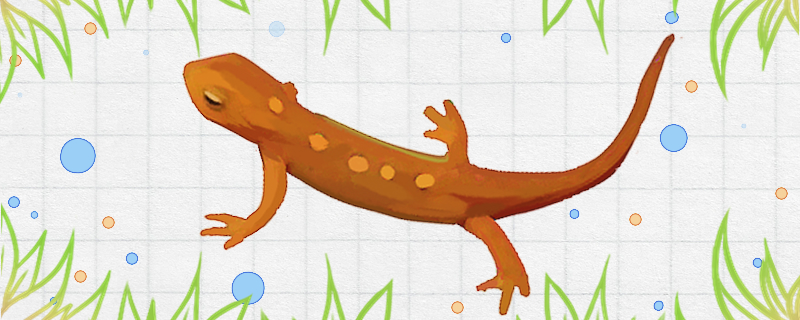
are amphibians in terms of category. They can move on land and in water, so their diet includes both terrestrial and aquatic animals. Wild salamanders will catch animals living in the same environment as them for their own food. Aquatic animals include tadpoles, water fleas, small fish, shrimps, etc. Terrestrial animals include wigglers, snails, worms, etc. Among them, salamanders can also eat small fish. However, in general, small fish are not their main food, and salamanders do not catch many small fish.
Salamanders can also be raised artificially, and attention should be paid to preparing the most suitable food for them to make their development better. Cultured salamanders can also eat small fish, which can be prepared for them to eat, while larger fish can be divided into small parts before they eat. However, since salamanders do not feed on small fish, it is better to feed on insects or mollusks. Another problem to note is that salamanders eat small fish, so they are not suitable for farming together.
above, there are many kinds of animal feed that salamanders can eat. Mealworms are a kind of animal feed that is easy to buy, relatively cheap, and can also be eaten by salamanders. However, adult mealworms have a thick skin, which is difficult for salamanders to digest, so they are not suitable for salamanders to eat. Juvenile mealworms, on the other hand, are easier to digest and can be fed to salamanders. Because salamanders prefer to eat live animals, when feeding them mealworms, they can put the mealworms on a toothpick, and then shake the toothpick in front of the salamanders, so that the salamanders will actively prey.